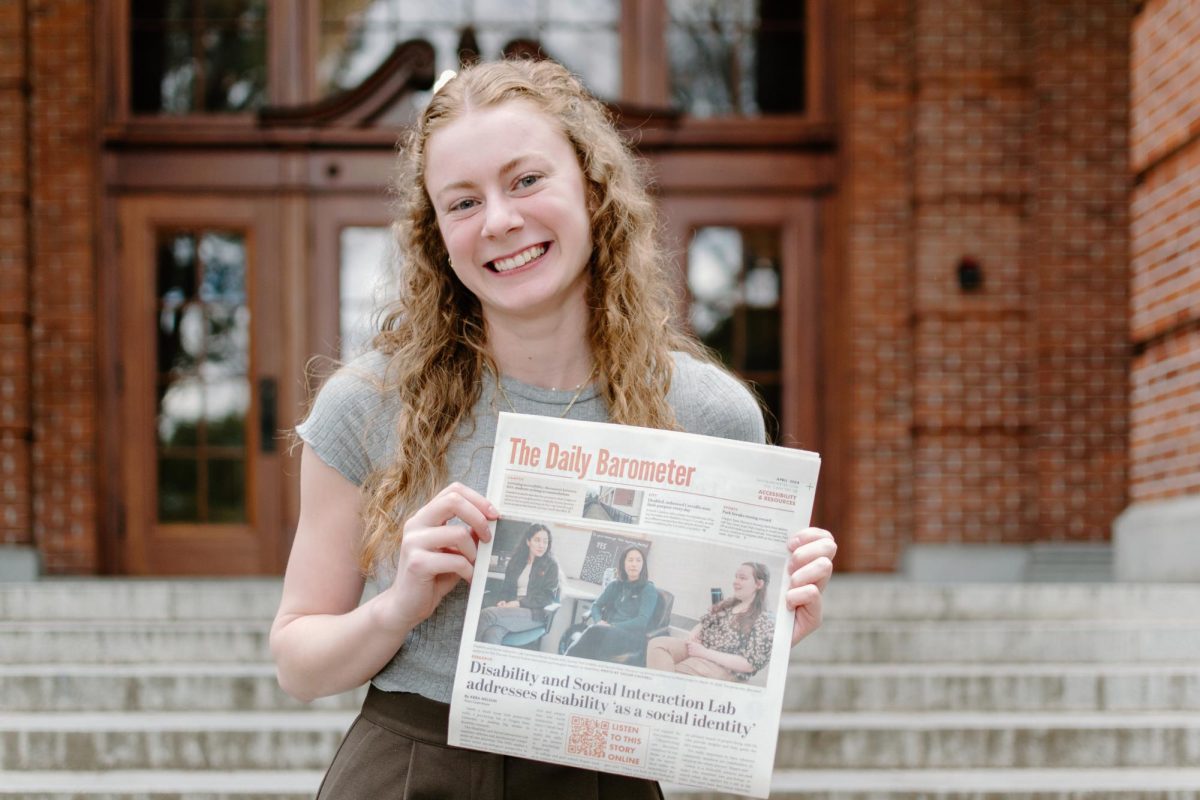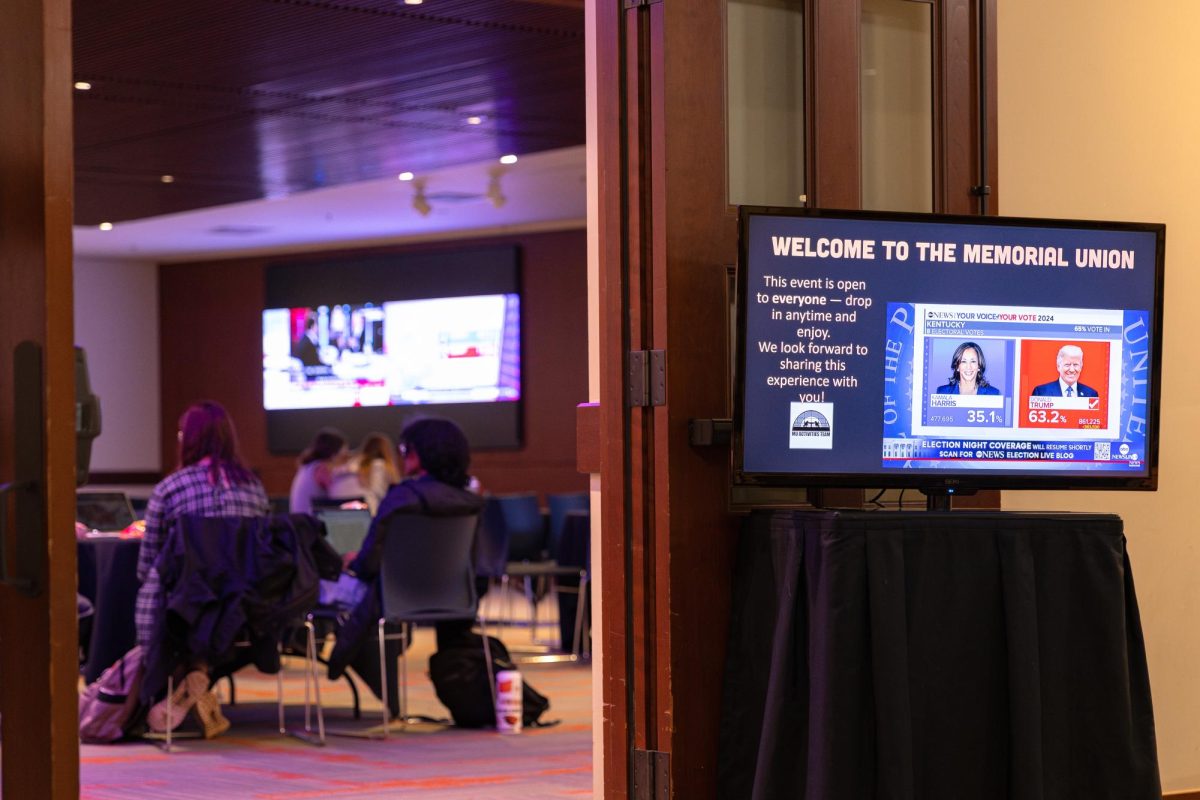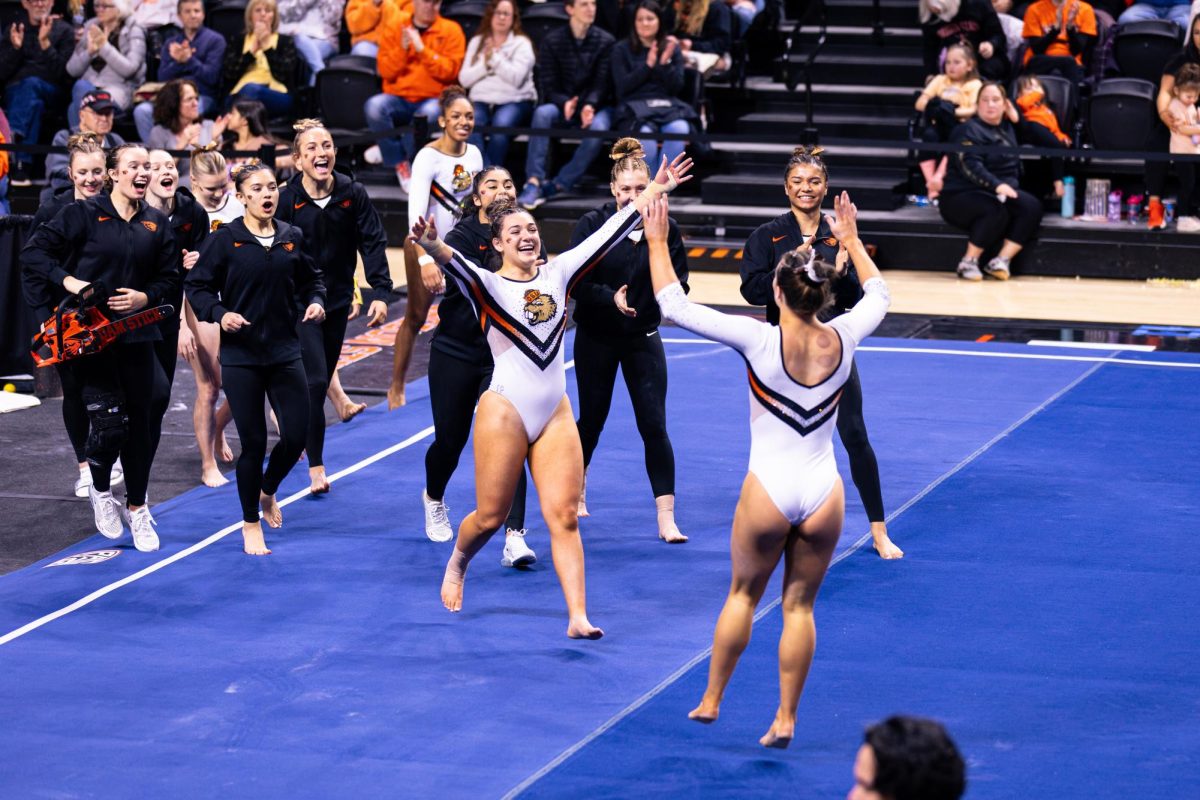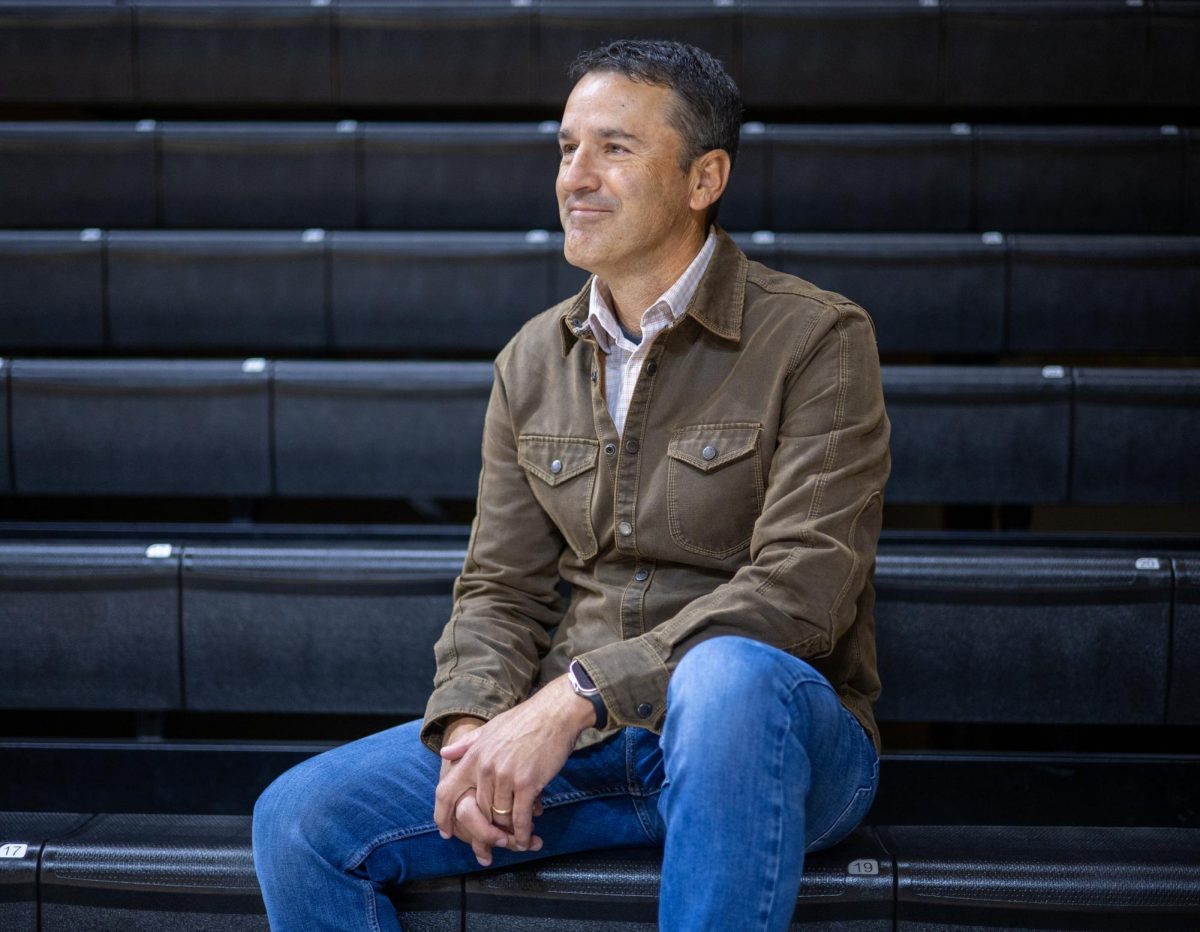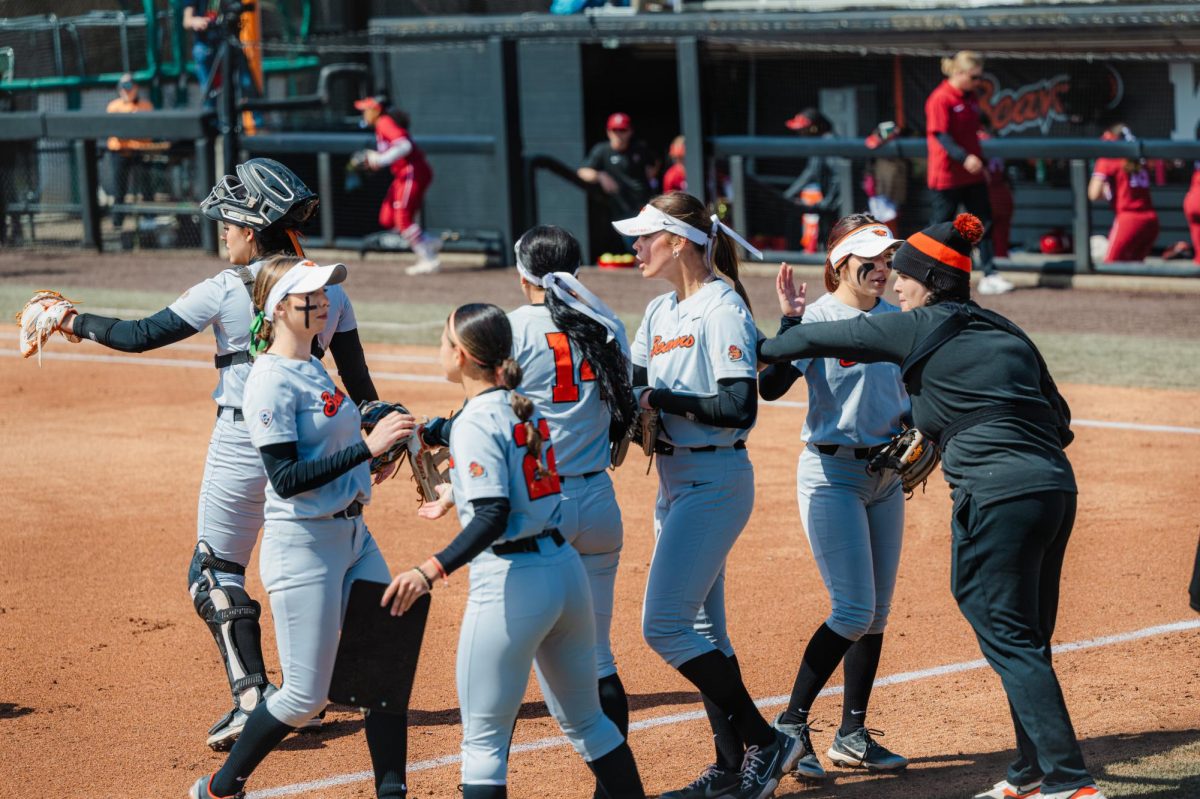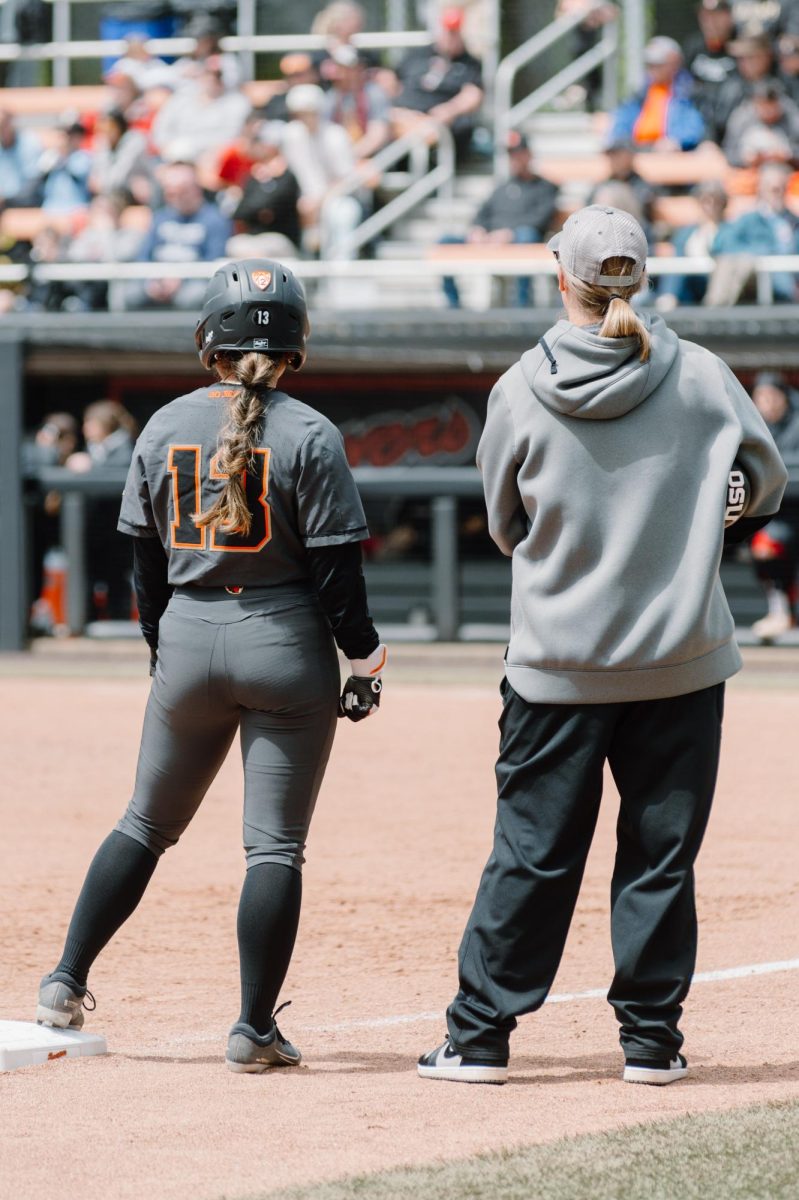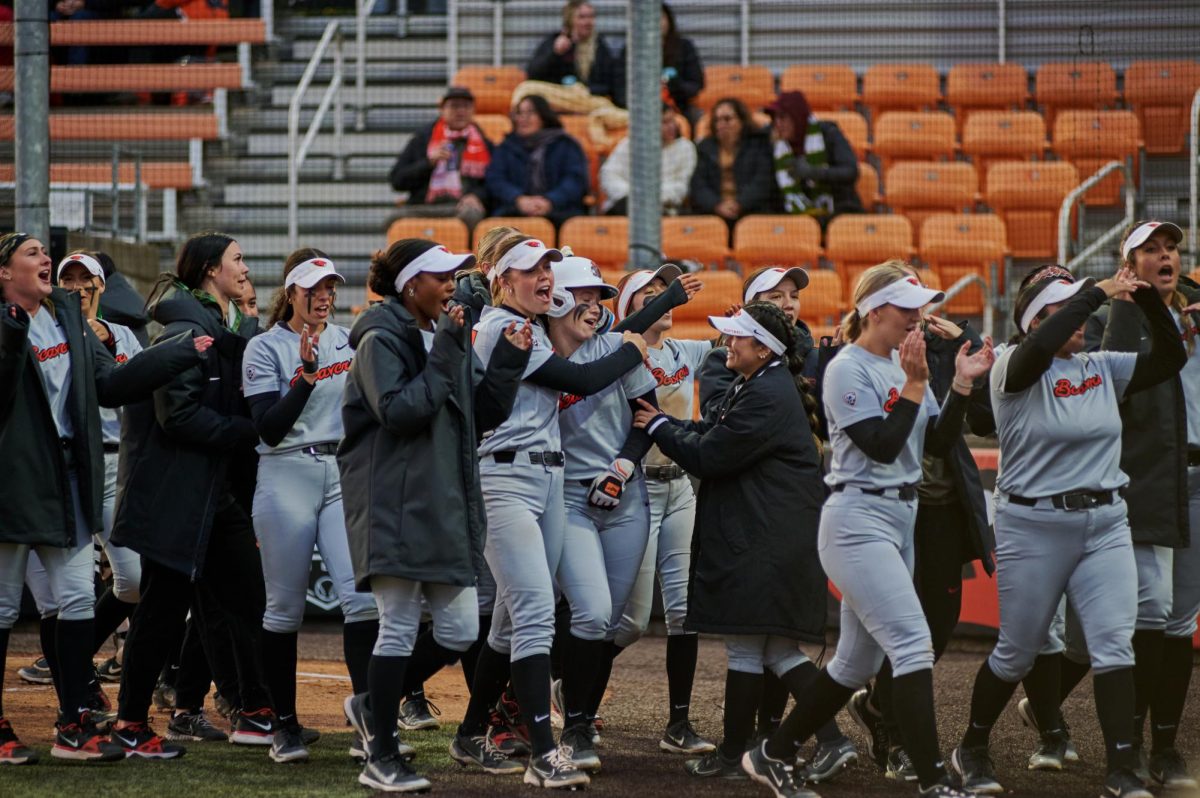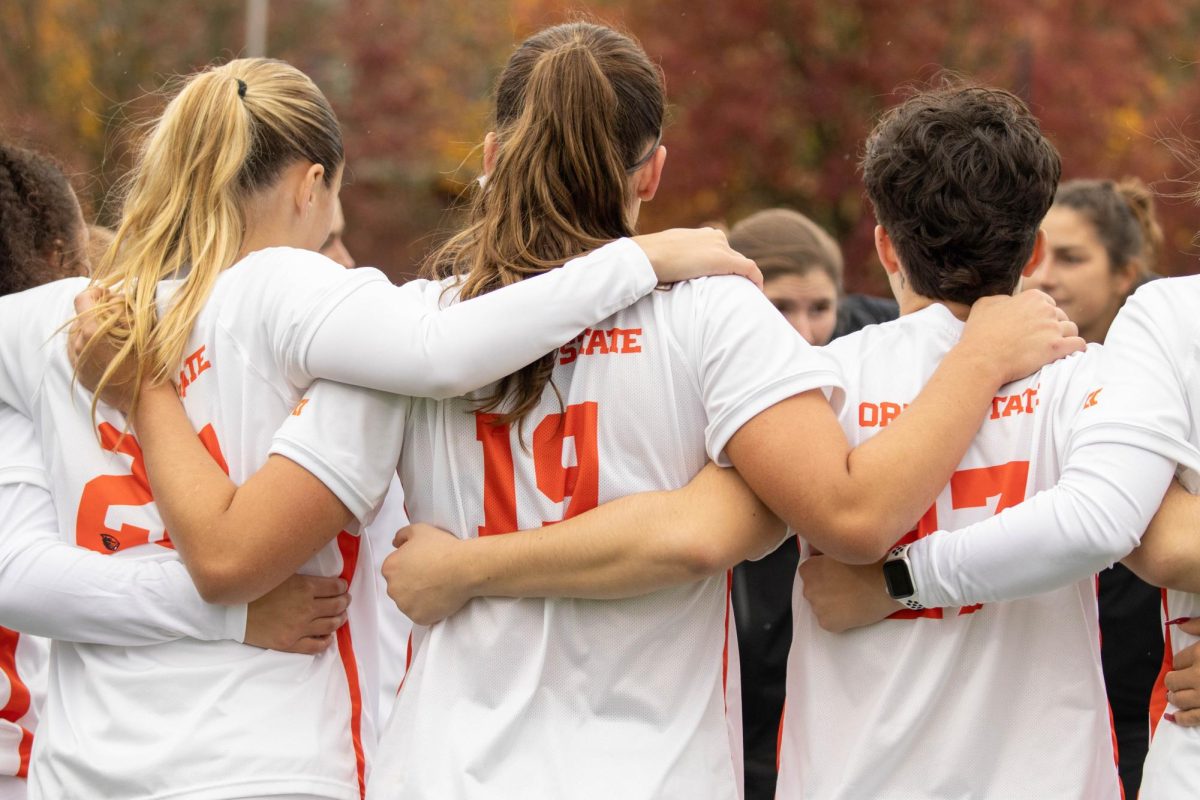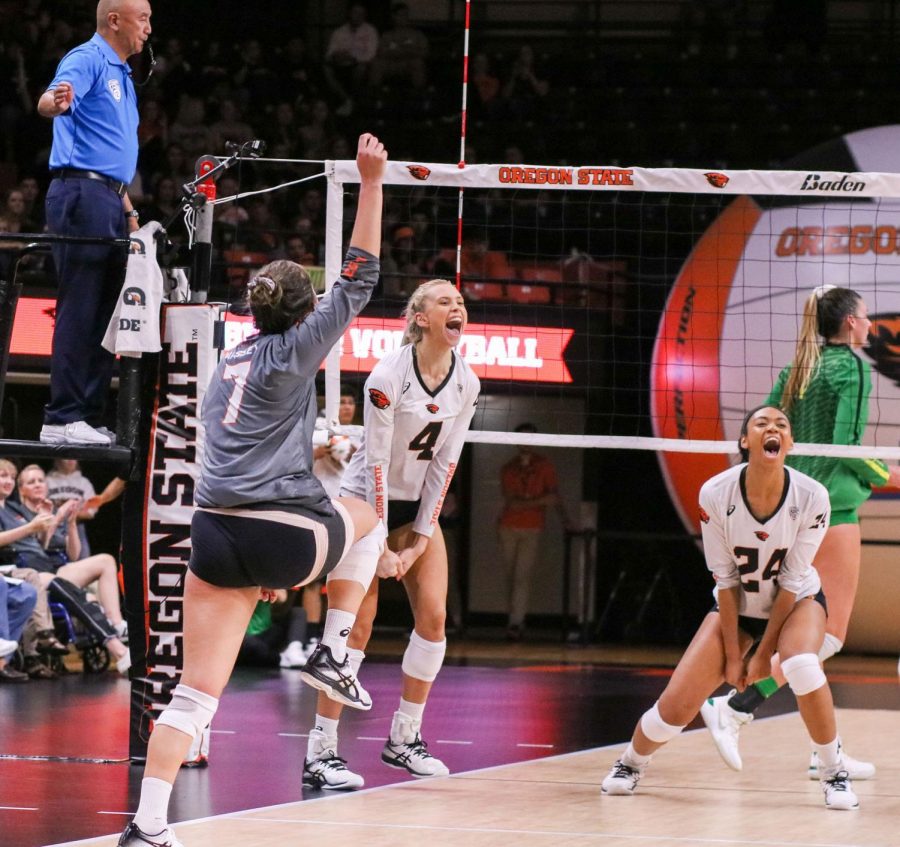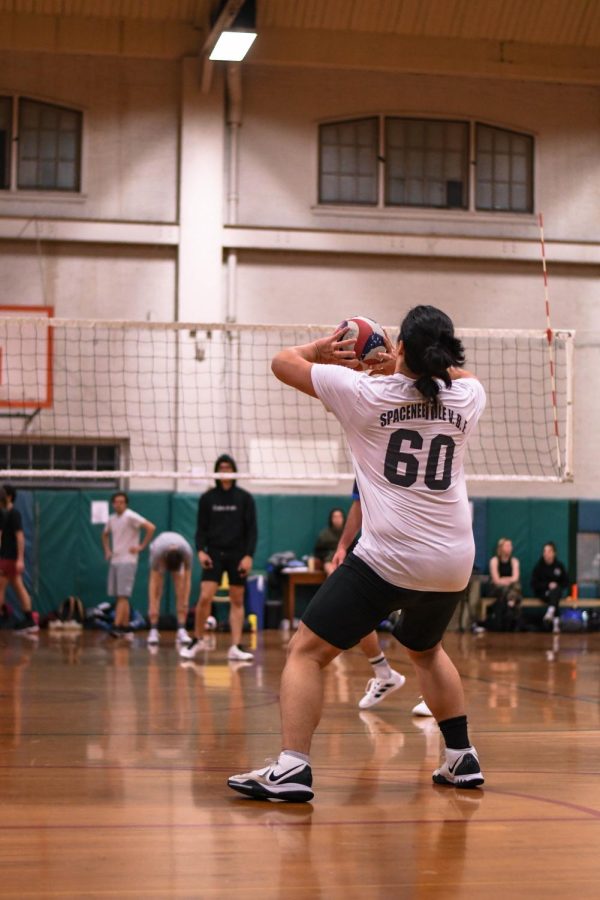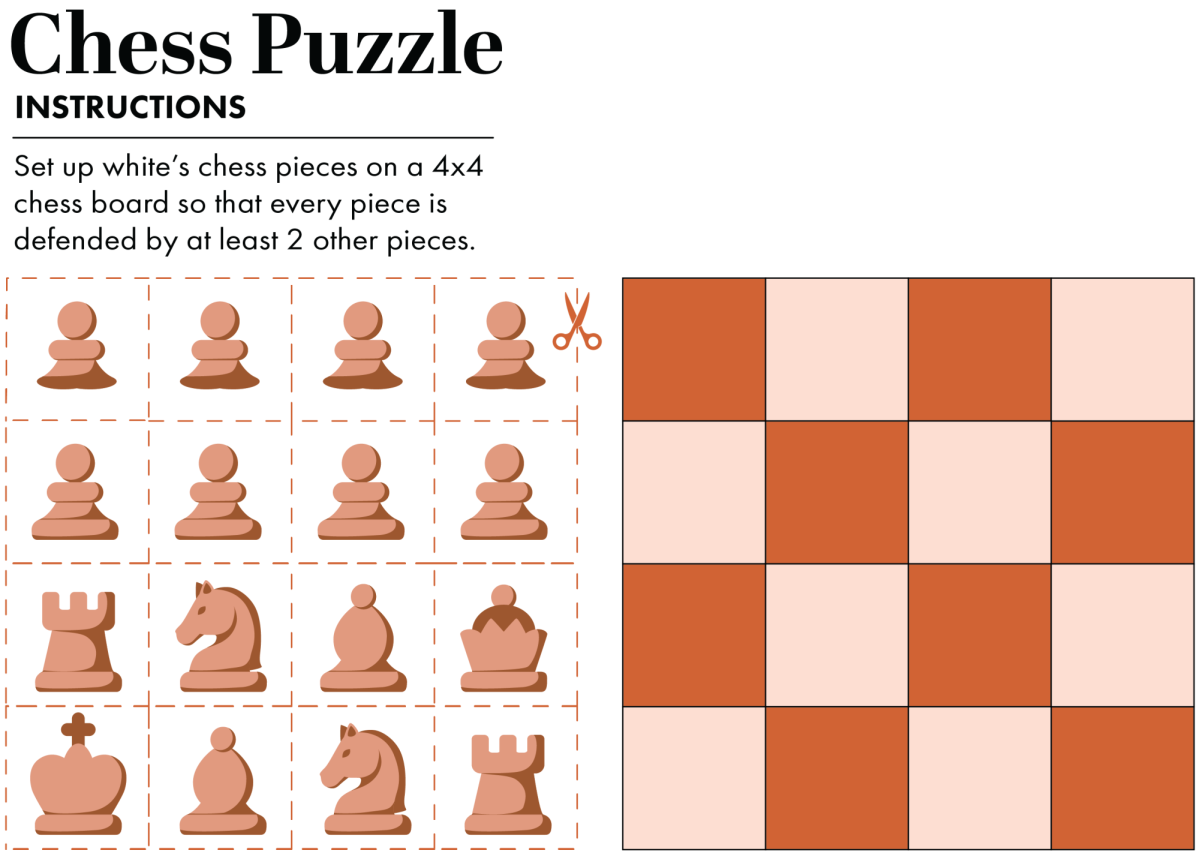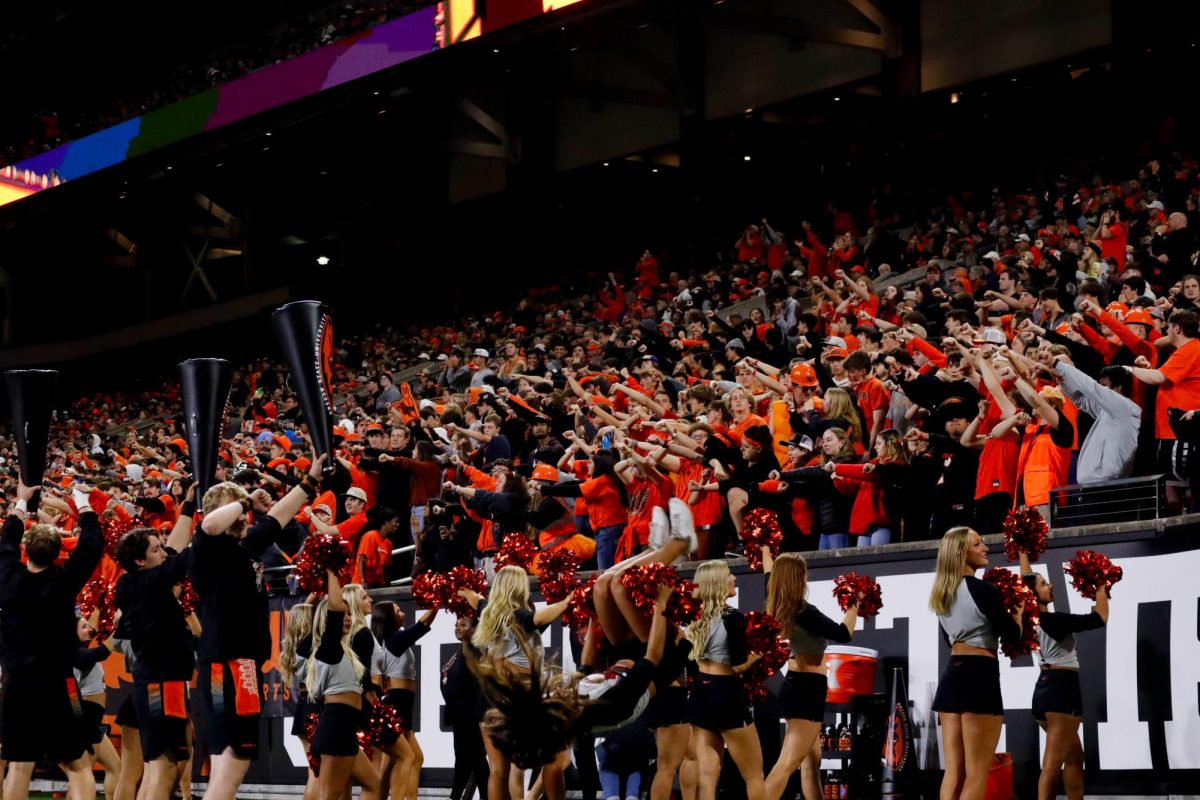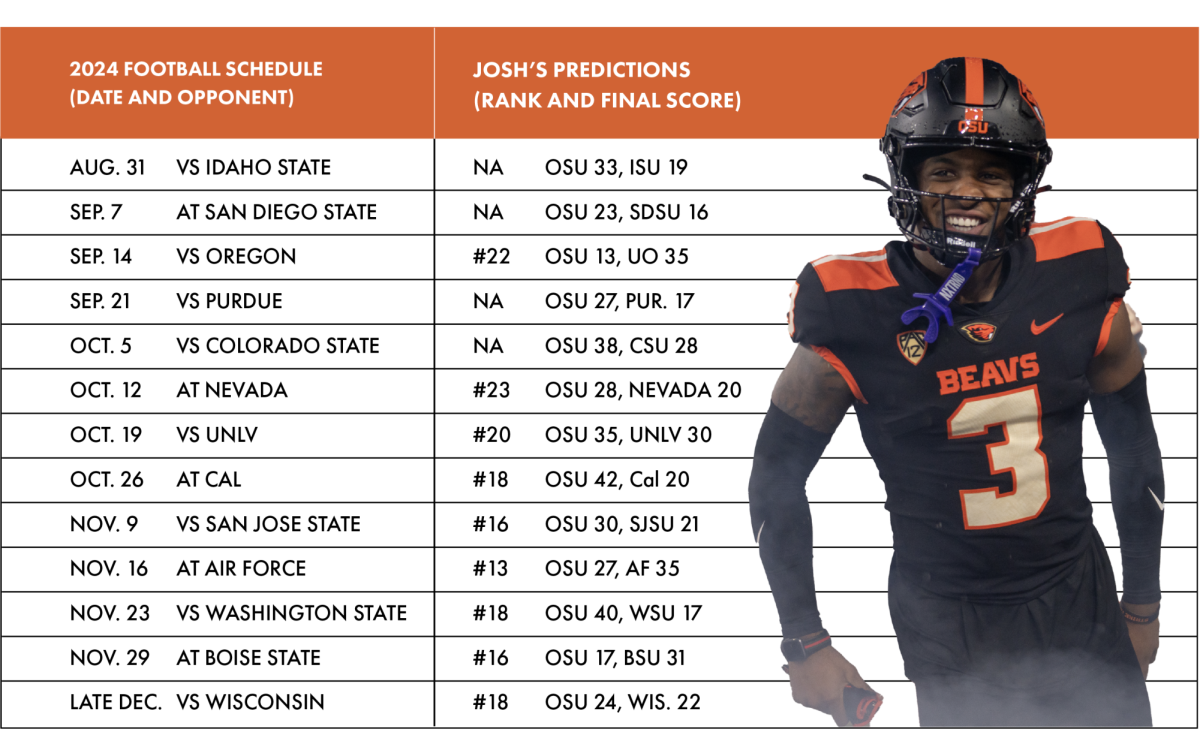Be the Match annual spring puppy drive attracts students
June 8, 2017
With dead week coming to a close and finals week on the horizon, students prepare for the final days of spring term. In order to relieve stress and raise awareness for their cause, Be The Match On Campus Club hosted their annual puppy drive, remaining committed to their goal of getting information out to Oregon State University.
“When people are sick and need a bone marrow transplant, and can’t get a match within the family, they go look at our national registry,” vice president of the On-Campus Team, Liz Duhn, a sophomore studying microbiology, said. “We will base it off genetics, so, before patients who need a transplant go to the registry, we check their family. If their family can’t help, that’s where the registry kicks in.”
Be The Match is an organization specializing in immunogenetics, bioinformatics and patient donor coordination. With 30 years of experience in the field, the organization is committed to registering any and all applicable students for their national registry.
“Being able to pet the dogs during finals week was very needed,” Delaney Eileen, a junior studying kinesiology, said. “The puppies caught my attention, and after I noticed them I headed over, listened to the cause and signed up.”
As a collective effort to get all types of people, regardless of ethnicity, culture or background to the booth, the puppies gave students a great opportunity to come together. This same collective effort to gather all types of people is needed throughout the registry.
“We have a lot of Caucasians,” Duhn said. “We are lacking in the mixed races, so in order to meet specific criteria, we are looking for all persons of mixed or non-popular descent to come sign up.”
One possible roadblock for students who are unsure about the processes of Be The Match is the assumption that the registration process will be scary and hard.
“We encourage registration to those who may feel a little timid about such a sensitive subject,” Duhn said. “We have been around for almost five years now, and it has taken us a long time to get this level of exposure because there is always a need for procedures, and there are always lives that can be saved.”
Adding more names to the registry is the organization’s main goal. After registering, donors can expect to be on the list until they are 61 years old. The overall likelihood of being selected is under 1 percent.
“Regardless, in the long-term, you could potentially save someone’s life, and that is our main goal,” Duhn said.

